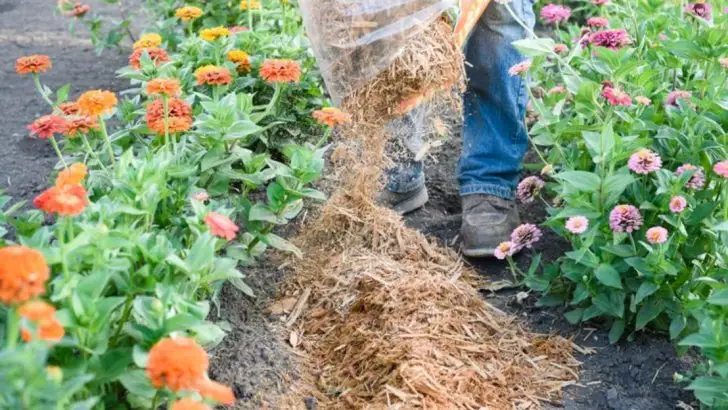Starting your first garden is an exciting journey, but there are plenty of lessons learned the hard way. From choosing the right soil to understanding plant care, many beginners make mistakes that can lead to frustration instead of a thriving garden.
In this article, we share 16 things I wish I knew before starting my first garden. These tips and insights will help you avoid common pitfalls, save time and money, and set you up for gardening success. Whether you’re planting flowers, vegetables, or herbs, these must-know gardening secrets will make your first garden experience smoother and more rewarding!
Understanding Soil Health
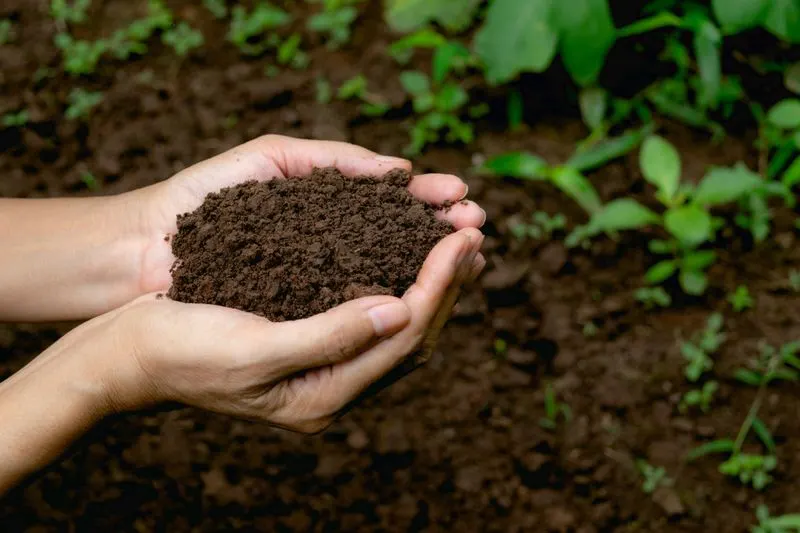
Soil is the foundation of any garden. Knowing its type and quality can determine your garden’s success. Conduct a soil test to assess pH levels, nutrients, and organic matter. This will inform what amendments might be necessary. For instance, sandy soils drain quickly but may require more organic materials to retain moisture, while clay soils might need breaking up to improve drainage and aeration. These insights allow for tailored soil amendments, fostering robust plant growth. By paying attention to soil health early on, you set your plants up for better resilience and productivity.
Choosing the Right Plants
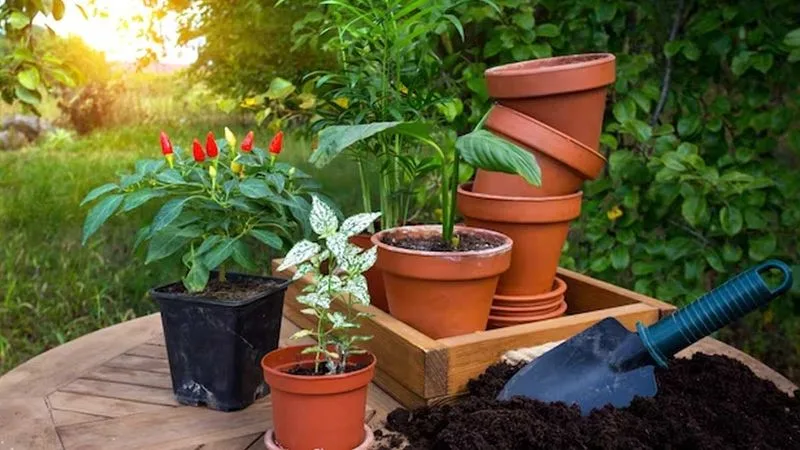
Selecting plants suited for your climate and soil conditions is crucial. Researching native species or those well-adapted to your region can enhance growth and reduce maintenance. Check the hardiness zone and consider the amount of sunlight your garden receives daily. Some plants thrive in full sun, while others prefer shade. Also, think about plant spacing; overcrowding can lead to competition for nutrients. Choosing wisely means healthier plants and a thriving garden ecosystem. Remember, the right plants can significantly reduce the need for fertilizers and pesticides, making your gardening experience more sustainable.
Timing Planting Seasons

Understanding your area’s planting seasons can prevent wasted effort. Research local frost dates and plan accordingly. Planting too early can expose seeds to frost, while planting too late might miss optimal growth periods. Cool-season crops like lettuce and broccoli thrive in spring and fall, whereas tomatoes and peppers prefer warmer months. Aligning your planting schedule with seasonal changes maximizes growth potential. Keep a gardening journal to track successes and failures, adjusting your approach each year. This proactive planning leads to a more efficient and fruitful garden, as crops mature at their natural pace.
Watering Wisely
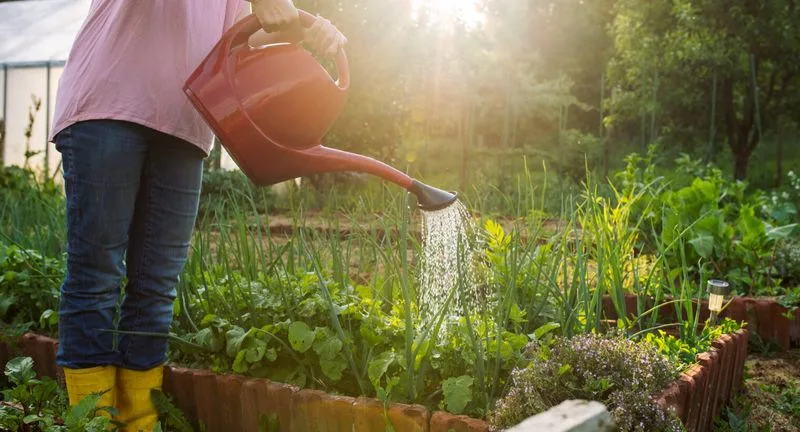
Proper watering techniques can make all the difference. Overwatering or underwatering are common mistakes. Pay attention to your plants’ specific needs; some require more moisture, while others thrive with less. Early morning is the best time to water, reducing evaporation and fungal diseases. Consider drip irrigation systems for efficiency; they deliver water directly to the roots, conserving resources. Mulching also helps retain moisture in the soil, lowering the frequency of watering. With these strategies, you maintain plant health and support sustainable water usage, crucial for thriving gardens and the environment.
Managing Pests Naturally
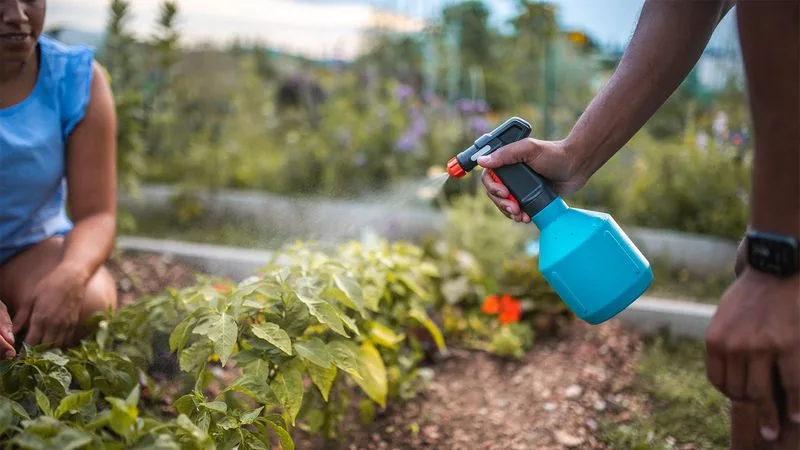
A balanced garden ecosystem encourages natural pest control. Avoid harsh chemicals that can disrupt beneficial insect populations. Introduce plants that attract helpful predators like ladybugs, or companion plants that repel unwanted pests. For example, marigolds deter nematodes and aphids. Regularly inspect plants for signs of infestation and act promptly. Handpicking larger pests or using natural remedies like neem oil can be effective. Diversifying plant species also reduces pest outbreaks. By fostering biodiversity, you create a resilient garden that manages pests naturally, promoting healthier plants and reducing reliance on chemicals.
Fertilizing Efficiently
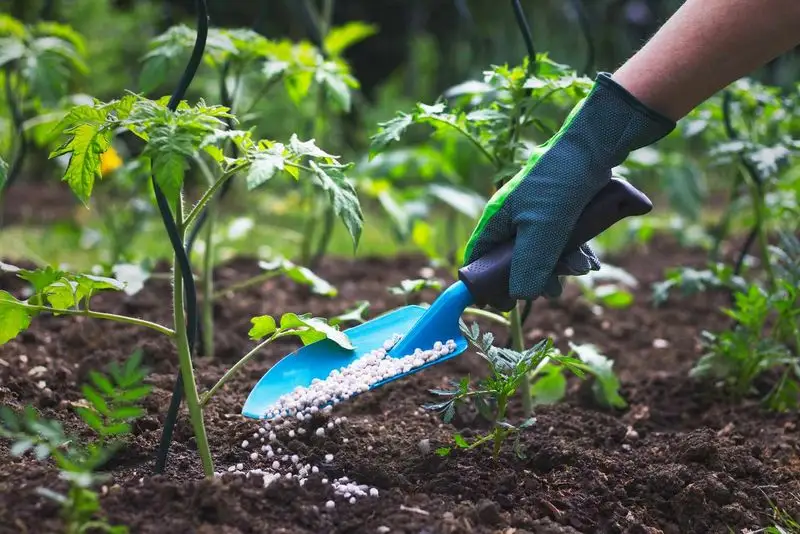
Fertilization is key to plant growth, but more isn’t always better. Understanding when and how to fertilize can prevent nutrient burn and water contamination. Use organic options like compost or well-rotted manure to enrich soil naturally. These improve soil structure and provide slow-release nutrients. Read labels carefully for commercial products and follow recommended guidelines. Applying fertilizer right before heavy rainfall can lead to runoff, wasting resources and harming waterways. Monitor plant response and adjust feeding routines accordingly. This approach supports robust plant development without overburdening the environment, ensuring both garden and ecological health.
Pruning for Growth
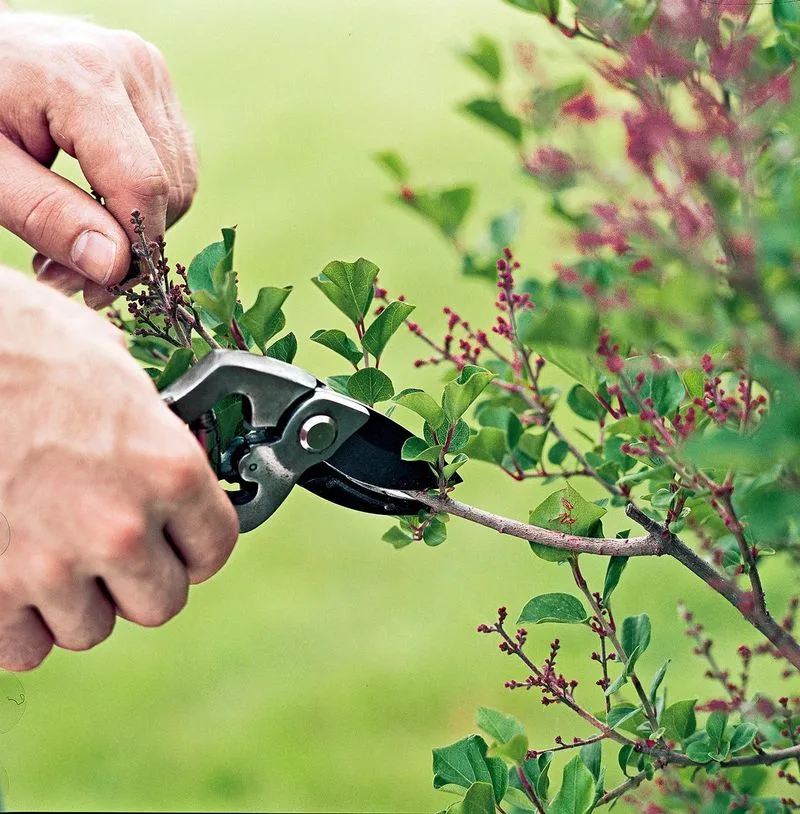
Pruning isn’t just about aesthetics; it promotes healthy growth and productivity. Removing dead or diseased branches allows plants to allocate resources efficiently. Use clean, sharp tools to prevent damage and disease spread. Timing matters; prune flowering shrubs after blooming and fruit trees during dormant seasons. This practice encourages airflow and sunlight penetration, reducing disease risk and enhancing fruit production. Regular pruning sessions keep plants vigorous and easier to manage. By staying attentive to your garden’s needs, you ensure robust growth and a thriving, manageable landscape that yields bountiful harvests.
Understanding Sunlight Needs
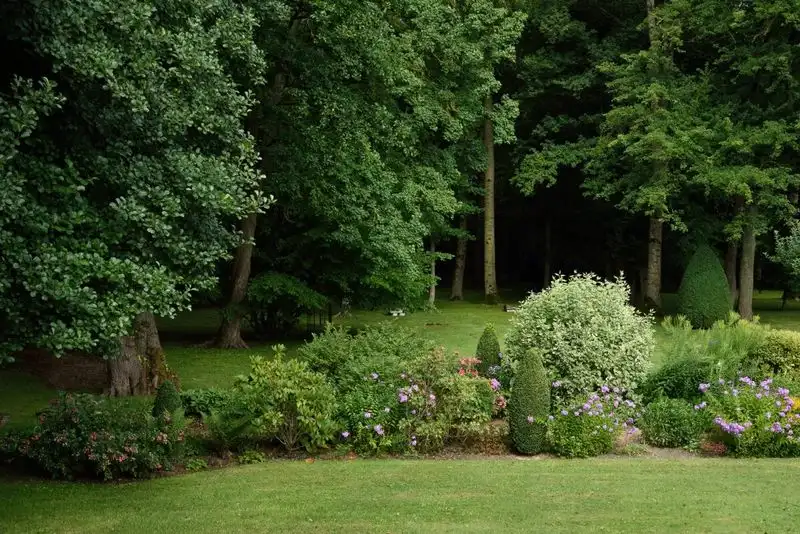
Sunlight is fundamental, but each plant’s needs differ. Observe your garden’s light patterns throughout the day to determine optimal planting spots. Full-sun plants require six or more hours of direct sunlight, while shade-tolerant varieties thrive with less. Changing seasons also affect light availability, so adapt your garden layout if necessary. Consider using reflective surfaces or strategic pruning to enhance light distribution. This careful planning ensures all plants receive adequate energy, promoting vigorous growth and reducing the likelihood of weak, leggy plants. With the right light conditions, your garden becomes a vibrant haven for your favorite flora.
Composting Benefits
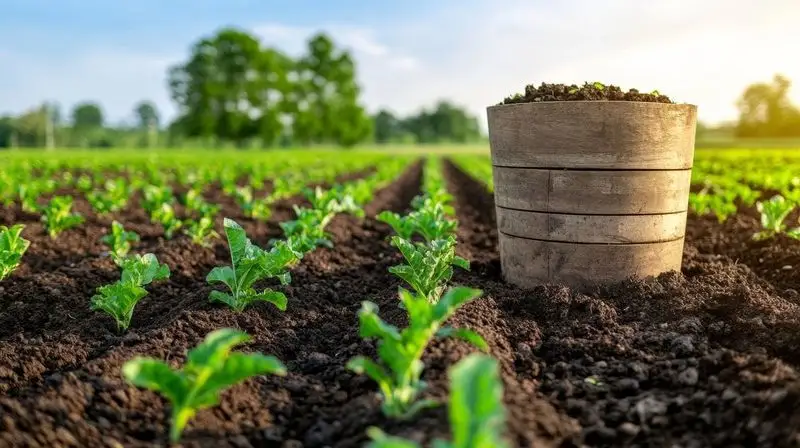
Composting transforms waste into valuable garden amendments. Start with a balance of green materials, like vegetable scraps, and browns, such as dried leaves. This mix encourages efficient decomposition. Turn your compost pile regularly to aerate materials and speed up the process. Finished compost enriches soil, improves texture, and provides essential nutrients. It’s a sustainable way to reduce waste and enhance your garden’s health. Avoid meat and dairy, as they can attract pests. With consistent composting, you gain a renewable resource that supports plant growth while minimizing your environmental footprint.
Mulching Techniques

Mulching offers numerous benefits, from moisture retention to weed suppression. Choose materials based on your garden’s needs; organic options like straw and wood chips break down over time, enriching soil. Apply a 2-3 inch layer around plants, avoiding direct contact with stems to prevent rot. Mulch also moderates soil temperature, protecting roots from extreme weather. Besides functionality, it adds visual appeal to garden beds. Renew mulch annually to maintain its effectiveness. This simple technique enhances plant health and reduces maintenance, freeing you to enjoy your garden’s beauty and bounty without constant upkeep.
Learning Patience
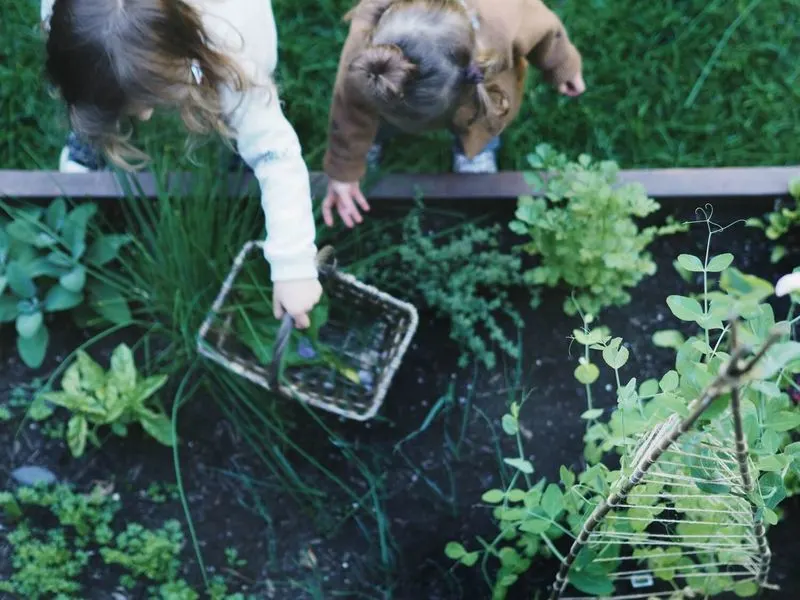
Gardening teaches patience as plants follow their own schedules. Understanding that growth takes time helps manage expectations. Frequent monitoring is vital, but avoid intervening excessively, which can hinder plants’ natural development. Celebrate small milestones, like the first shoot or bloom, as they signal progress. Documenting these moments offers a rewarding perspective on your garden journey. With patience, you develop a deeper connection to nature, appreciating each phase. Over time, this mindset nurtures both your garden and personal growth. Embracing the pace of nature leads to lasting satisfaction, as you witness the fruits of your labor unfold.
Dealing with Weeds
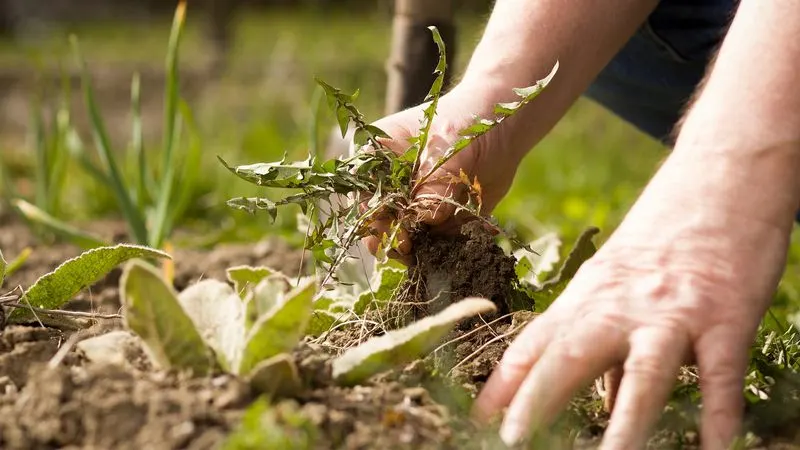
Weeds compete with plants for resources and should be managed promptly. Hand weeding is effective, especially after rain when the soil is soft. Mulching and ground covers can prevent weed growth by blocking sunlight. Understand weed types; some are annuals, others perennials, requiring different strategies. Consistent attention keeps them at bay, allowing your garden to flourish. Avoid chemical herbicides that can harm beneficial soil organisms. By focusing on natural control methods, you maintain a healthy garden environment. Tackling weeds regularly prevents them from seeding, ensuring a tidy and productive garden space.
Creating a Garden Plan
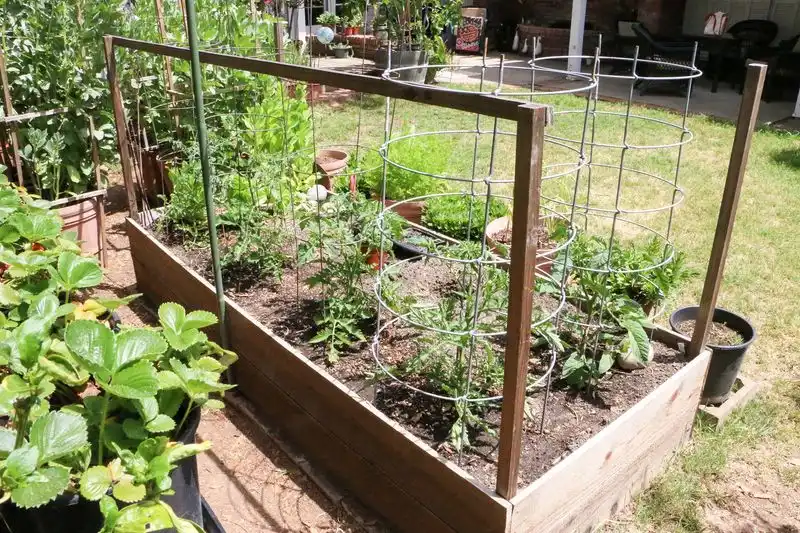
A well-thought-out plan saves time and resources. Begin with a sketch, noting existing features like trees or structures. Consider plant sizes and growth habits to avoid overcrowding. Think about pathways and access for maintenance. A balanced design includes a mix of colors, textures, and heights, creating visual interest throughout the year. Factor in utility needs such as water access and sunlight. This foresight prevents future headaches and enhances the garden’s aesthetic and functional value. Revisiting and revising your plan as needed keep it aligned with your evolving gardening goals, ensuring a harmonious outdoor space.
Exploring Companion Planting
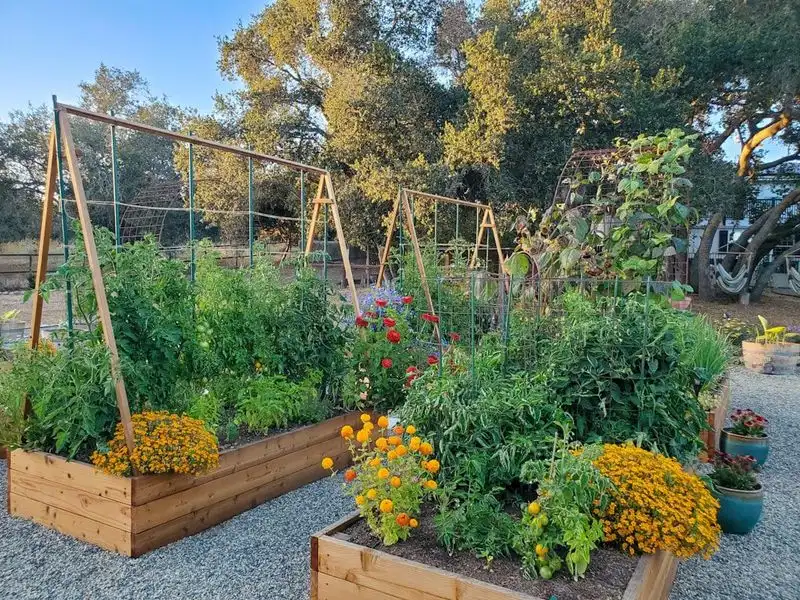
Companion planting leverages plant relationships for mutual benefit. Certain combinations improve growth, deter pests, or enhance flavors. For instance, basil and tomatoes are classic companions; basil repels insects while boosting tomato health. Learning these pairings enhances productivity naturally. Diverse plantings also attract beneficial insects, supporting a balanced ecosystem. Plan your garden layout with these relationships in mind, ensuring enough space for each plant’s needs. Experimenting with different combinations can reveal surprising synergies, enriching your gardening experience. This practice fosters a vibrant, resilient garden that thrives with minimal intervention from synthetic inputs.
Tools of the Trade
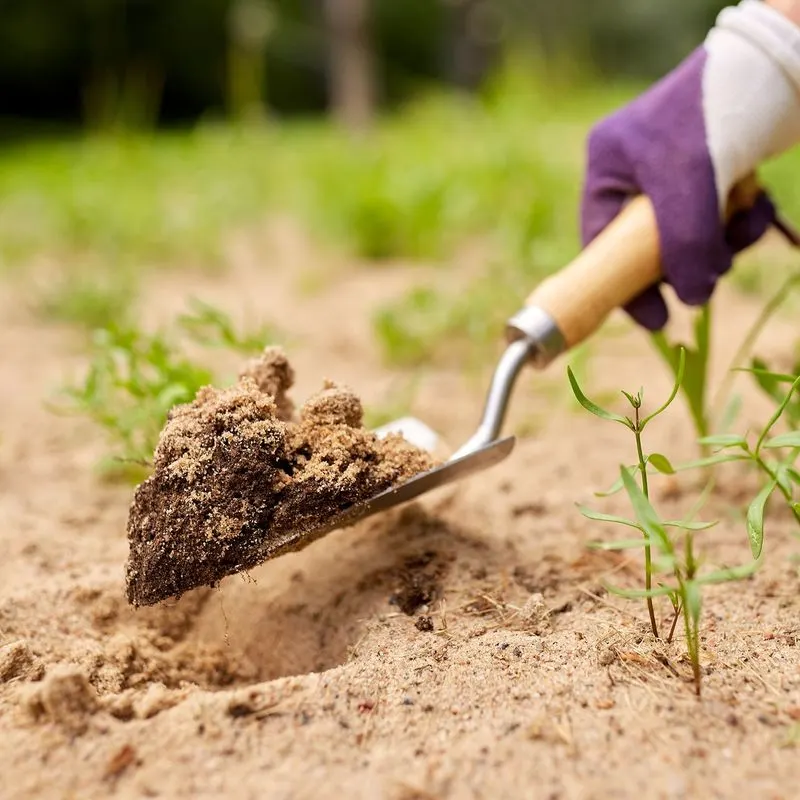
Quality tools make gardening more efficient and enjoyable. Investing in durable equipment saves time and frustration. Basic tools include a trowel, pruners, watering can, gloves, and a rake. Keep tools clean and sharp for best performance, and store them properly to prolong their lifespan. Specialty tools like soil knives or bulb planters can enhance specific tasks. Regular maintenance prevents wear and extends usability. A well-equipped gardener is prepared for various challenges, enabling smoother garden management. Thoughtful tool selection reflects your gardening style, adding to the overall productivity and satisfaction of your outdoor endeavors.
Embracing Seasonal Changes
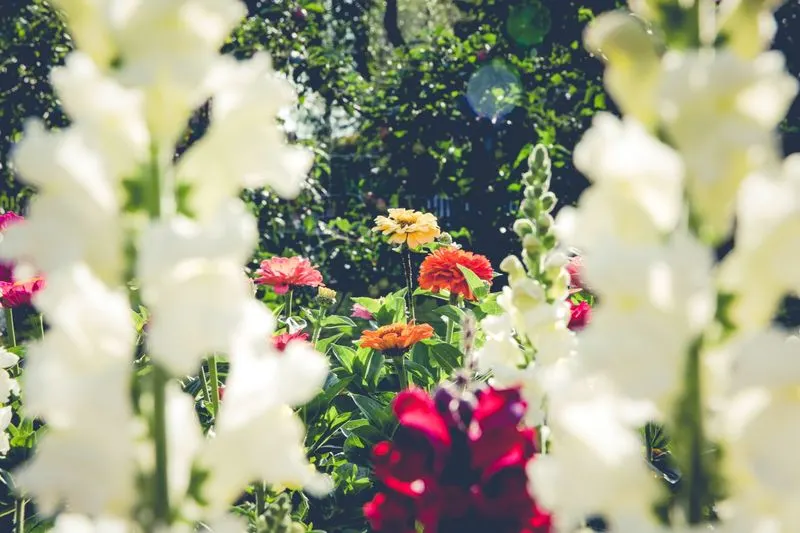
Gardening is a year-round endeavor, adapting to each season’s unique demands. Spring and summer focus on growth and flowering, while fall and winter prepare for dormancy. Adjust care routines to align with these natural cycles. Prune and mulch in fall to protect plants, and plan for spring planting during winter. Each season offers learning opportunities, revealing insights into plant behavior and resilience. Embracing these changes enhances your connection to the garden. By working with nature’s rhythms, you cultivate a dynamic and evolving space that thrives through the years, offering continuous enjoyment and discovery.

